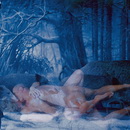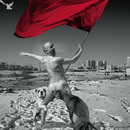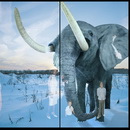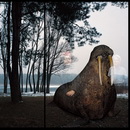Oleg Kulik is the most iconic figure from the Moscow actionism movement of the 1990s. His imagery of man as dog became the ideal embodiment of the period after the collapse of the Soviet Union, when many people found themselves without means of sustenance and had to find ways to survive. In Kulik’s interpretation, man found himself in the position of an animal. Thus the artist made of himself a man-dog, and threw himself at passers-by outside the Guelman Gallery in Moscow; intimidated visitors to vernissages in Zurich and Stockholm; and provoked police dogs in Berlin. Later he lived as a dog, in a caged room, in the Deitch Projects in New York and subjected himself to experiments (in the capacity of a dog) in Rotterdam.
In collaboration with Ludmila Bredikhina he created the Zoophrenia programme and the Party of Animals political simulation. The latter’s purpose was to allow the animals to “take part” in parliamentary elections and in so doing drive the rapid pace of democratisation of Russian society ad absurdum. During his “election campaign” Kulik appeared in the meat stalls at markets in Moscow with a dead piglet in his hands, appealing to the animals there that they should be granted universal suffrage.
Kulik took advantage of and manipulated new opportunities offered by freedom of speech in Russia with equal sophistication. As a result the tabloid press enthusiastically described the bright antics of this “outrageous artist” while intellectuals described Kulik’s actions as a bold embodiment of a complete artistic paradigm shift.
In the early 2000s Putin came to power in Russia, and as a result Russian society began to change dramatically; after this change Oleg Kulik began to engage with video art and take on curatorial projects. Currently his focus is on sculpture works.

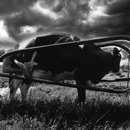
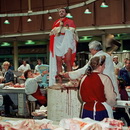
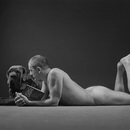
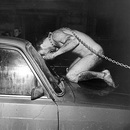
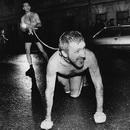
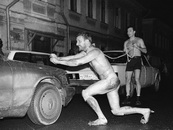
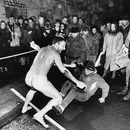
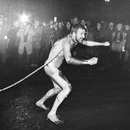
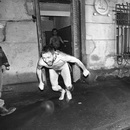
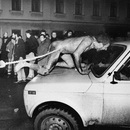
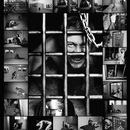
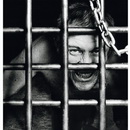
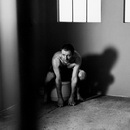
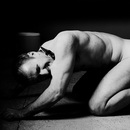
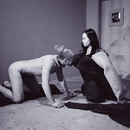
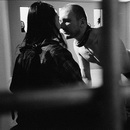
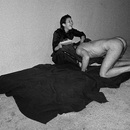
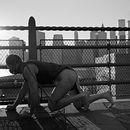
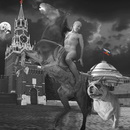
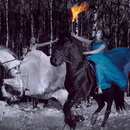
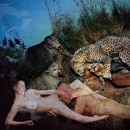
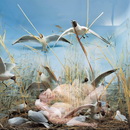
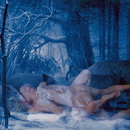
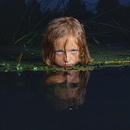
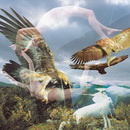
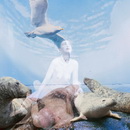
 130.jpg)
